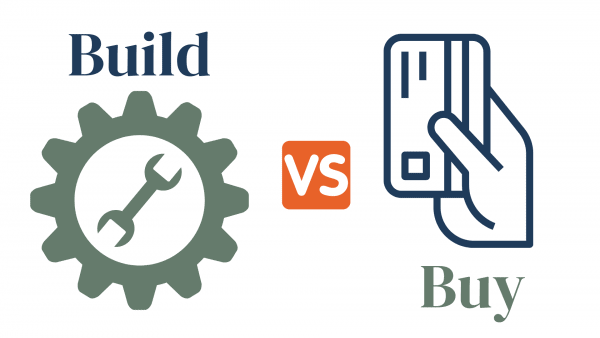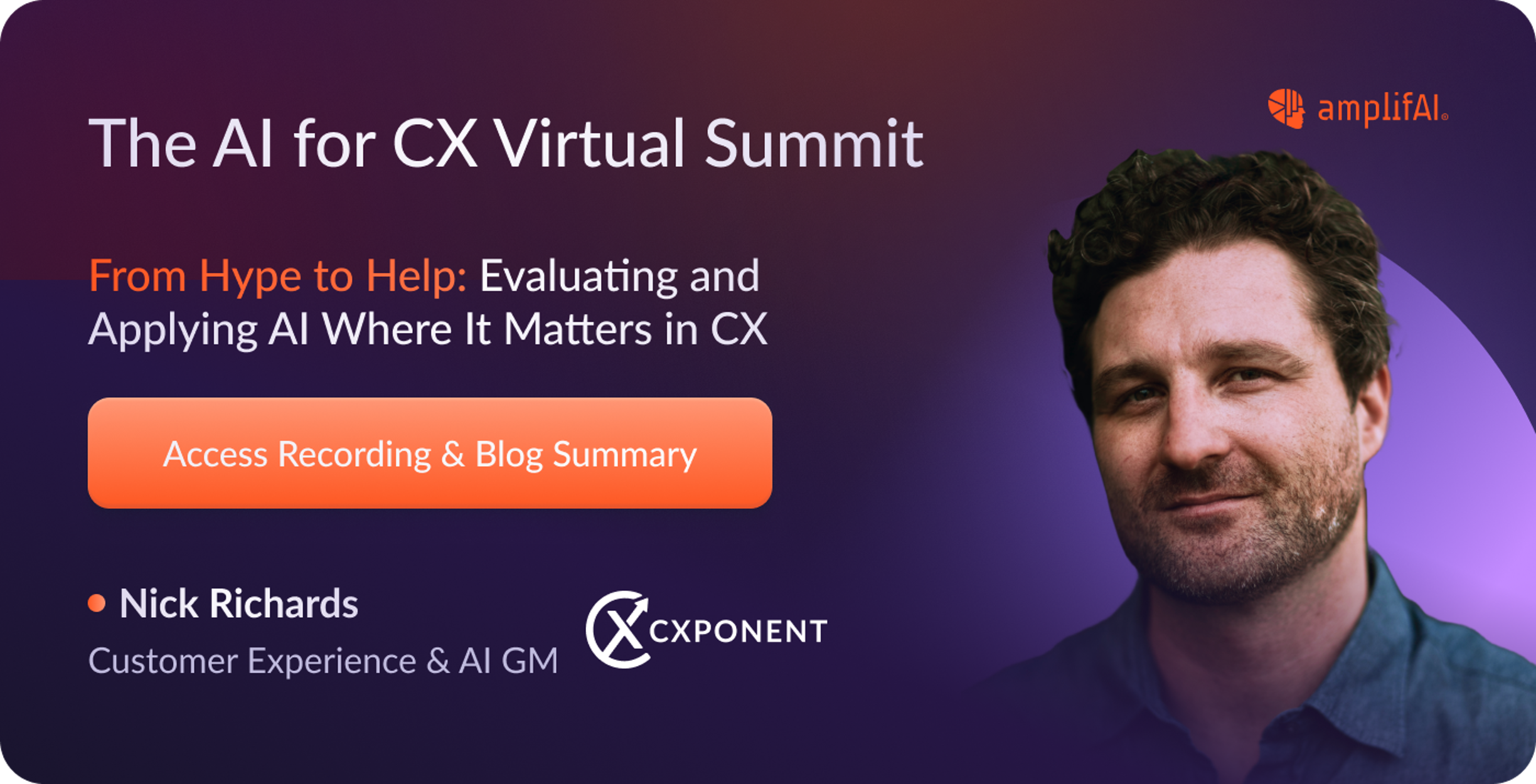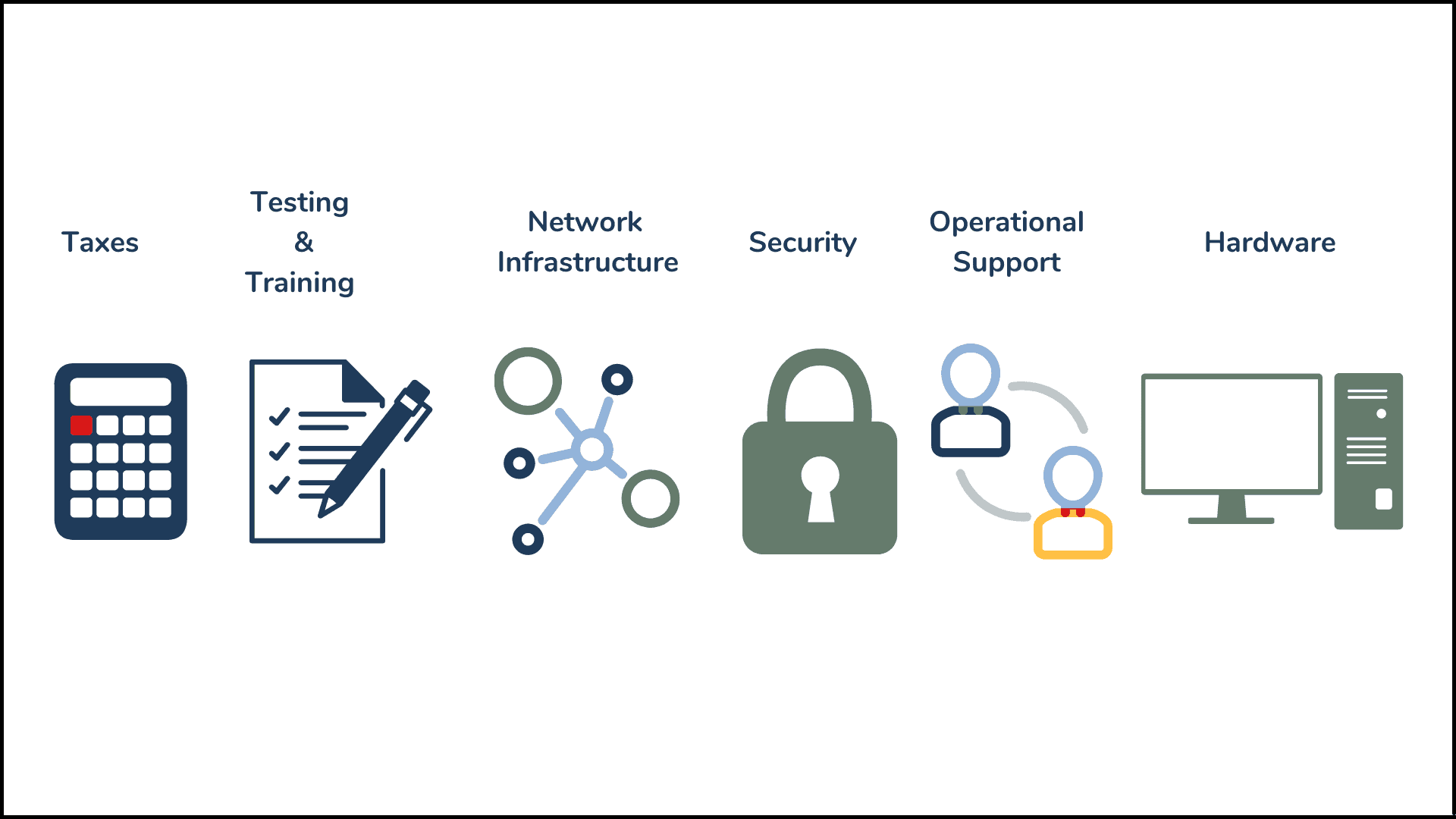There’s an overwhelming number of SaaS vendors, and that number is only growing. Even when you narrow it down to just contact center software, it’s impossible for just one person to keep track of all the different vendors and tools in the market. Each vendor is constantly adding features and functionality; each tool is constantly changing and evolving.
These endless permutations of software put a huge burden on buyers to constantly scan, research, and filter for relevant information. When buying contact center technology, buyers now need to spend an inordinate amount of time validating possible solutions. That leaves less time for building consensus on requirements, less time for cultivating relationships with vendor teams, and less time for actually buying the software you need.
At CXponent, we like to think of this additional stress that comes with purchasing CCaaS tech as “the burden of buying.”
Because of the burden of buying, some people choose to build their own, either with APIs and CPaaS or by adding on to homegrown solutions. Building a solution gives you flexibility and full customization power. But it comes at a cost.
Differences between buying and building
There’s no right or wrong way to make changes to your contact center.
When should I build?
- You have strong developers and engineers on your team
- Just need one application/tool – no need for a large platform
- Your team has the capacity to develop, maintain, and upgrade a proprietary solution
- You have unique, specific requirements that are not typical
- You have an essential integration that you want to be responsible for and/or some legacy, on-premises applications you need to maintain
When should I buy?
- Your team doesn’t have the expertise to oversee a customized solution
- Your team doesn’t have the time/capacity to dedicate to one solution
- Your requirements are fairly typical for your industry
- You either need a full suite of tools or want to upgrade to a fully cloud-based platform
- You want a vendor that will be responsible for future upgrades and functionality
The table below provides some more detail on when to build and when to buy:
|
Building (Pure development API platforms; CPaaS) |
Packaged Software |
|
|
Developer Resources |
Surplus of developer capacity to build. |
Limited or no development resources. |
|
Operating Model Preference |
Surplus of developer capacity to maintain applications. |
System and tool admins. |
|
API Flexibility |
Maximum options – especially strong when built on company core products. |
Varies from vendor to vendor – Most solutions offer some flexibility, especially in UX/UI. some solutions offer increased API flexibility. |
|
Maintenance |
Responsibility of developers to maintain and upgrade the applications built. |
App development is entirely the responsibility of the vendor. |
|
Security and Compliance |
Guaranteed to meet internal requirements. But at risk of changing compliance requirements (i.e., GDPR, FEDRAMP, etc.). |
Vendor is entirely responsible for maintaining compliance. However, at risk of not meeting internal requirements. |
|
Risk Tolerance |
Higher risk; Comfortable shouldering sole responsibility for application failure. |
Lower risk: Burden of risk is split between vendor and client. |
|
Future Development |
Sole responsibility of your team. Complete control of how the app develops. |
Responsibility ultimately lies with the vendor. They take input from thousands of customers to create new features that meet demand. |
Worried about the risk of building instead of buying?
If you think custom development is right for your team, but are worried about the risks, here are some things to consider:
- Your Team. Do you have the resources and people power to build something and then maintain it? How much time can they realistically spend on this?
- The Problem You’re Solving. Custom software development allows you to fully solve specific problems in your organization. But what is the incremental business value you’ll get through development that you can’t get from a vendor solution?
- Your timeline. Developing and refining a custom solution takes time – it’s much longer than implementing an existing vendor solution. How much time do you have to develop an in-house solution? Is the time spent on development worth it?
Want to learn more?
Dominic Pasta talks about the build vs. buy conundrum in episode 4 of the Catalyst Club Podcast. Check it out to learn more!


.png)



